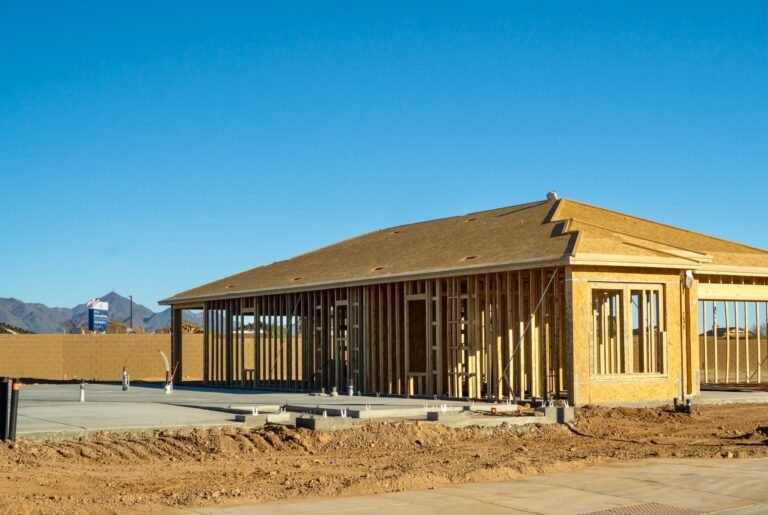Homeownership is never easy; it comes with a lot of responsibilities. For example, in a city like St. Louis, where changing seasons, clay-heavy soil, and rainfall fluctuations are the norm, tackling foundational problems becomes an additional responsibility for homeowners. But there’s some good news. These problems typically don’t occur without warning. All you have to do is pay attention to the warning signs.
For instance, when foundation problems arise, many homeowners turn to Ram Jack St. Louis for long-term structural solutions. Experts play an important role in these situations, as they understand the local soil behavior and the challenges that come with Missouri homes. But how do you know when you must seek professional help? Read on for seven foundation warning signs that you mustn’t ignore.
1. Stair-Step Cracks in Walls
Some cracks in drywall happen due to age or humidity. But if you start seeing stair-step cracks in brick exteriors or growing gaps along your drywall seams, it’s time to take this issue seriously. They are often the first sign of deeper structural shifts and are known to widen with time.
2. Uneven or Sloping Floors
You might think it’s just old flooring, but if marbles roll across the room or your furniture feels off-balance, it’s often a sign of foundation settlement. In some locations, clay soil tends to expand and shrink dramatically with the seasons. This movement puts pressure on the foundation and can cause one part of the house to sink more than the other, resulting in uneven floors.
3. Sticking Doors and Windows
Doors that suddenly don’t latch properly or windows that feel stuck without humidity are classic symptoms of foundation trouble. They suggest the frame of your home is shifting, pulling door and window frames out of alignment. Over time, you may also notice cracks around the frames, indicating your home may be slowly moving.
4. Gaps Between Walls and Ceilings
Have you spotted gaps between the walls and the ceiling? Or is the crown molding pulling away? These cosmetic issues often signify a deeper underlying problem. Foundation settlement can cause parts of your home to sink or tilt, creating visible gaps and misalignments at the top of your rooms.
5. Moisture in the Basement
A damp basement is more than just a nuisance. It can indicate water is seeping through compromised foundational walls. In areas with heavy rains in spring and autumn, this excess water can lead to hydrostatic pressure, which pushes against basement walls and causes cracks or bowing over time. If you detect a musty smell or spot mold, don’t dismiss it.
6. Nail Pops and Sheetrock Shifts
You may have noticed small circular spots where nails seem to push out from the wall or patches of drywall that look warped. These might seem like minor problems, but if they happen repeatedly, it’s often due to stress points forming from subtle house shifts. As your home moves, it can gradually pull up against its own framing, which shows up as nail pops or cracked plaster.
7. Exterior Foundation Cracks
Walk around your home and inspect the base of its foundation. Wide vertical or horizontal cracks near the bottom are strong indicators of pressure or soil movement. In areas with freezing winters and warm, wet springs, these changes in temperature and moisture affect the ground and, eventually, your home’s foundation.
When to Take Action
It’s easy to ignore a small crack or a slightly sticky window. But, in most cases, these issues don’t resolve on their own. Delayed repairs can turn these minor issues into major and expensive problems. Foundation problems can impact roofing, plumbing, and your home’s resale value.
So, if you have noticed one or more of these warning signs, don’t hesitate to schedule a professional inspection. Even if the problem turns out to be minor, early intervention is often more affordable and less invasive than a complete structural overhaul.
Final Thoughts
Your home is more than just a building; it needs to be taken care of just like you care for other aspects of your life. In places where nature often works against construction, staying informed about your foundation’s condition is essential. So, don’t be paranoid, but be watchful about the signs, and contact a professional when in doubt.


































